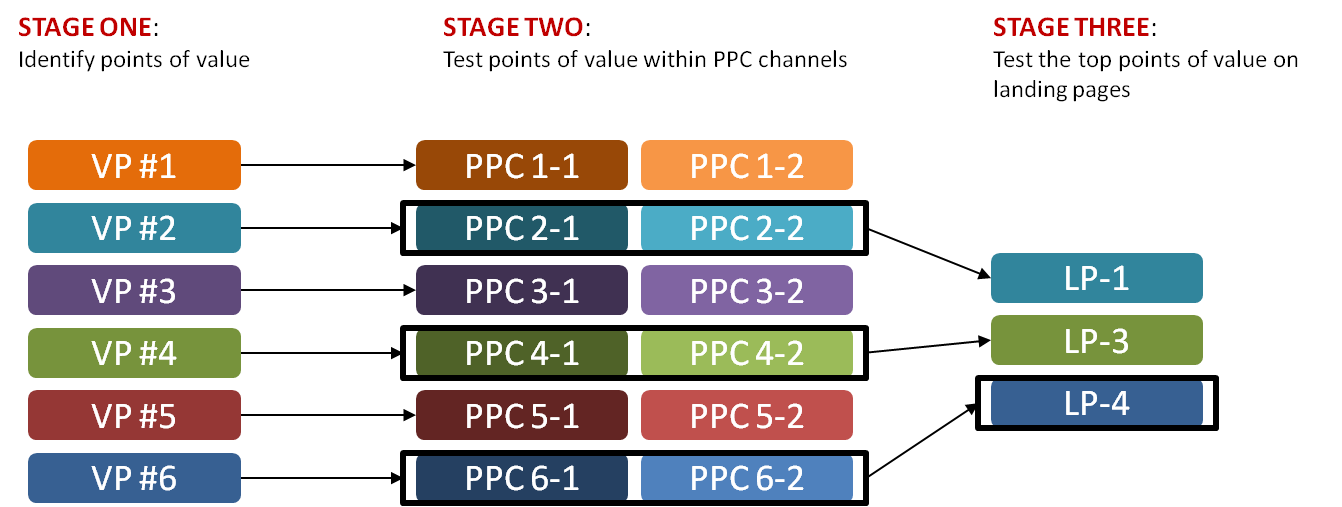Value Proposition Testing
What is Value Proposition Testing
Definition:
Value Proposition Testing in the realm of technology refers to the systematic process of evaluating and validating the unique value and benefits that a product or service offers to its target audience. This testing involves collecting feedback, analyzing market responses, and assessing the alignment of the technology solution with the needs and expectations of users. The goal is to ensure that the value proposition resonates effectively and addresses the pain points of the intended audience.
Analogy:
Imagine Value Proposition Testing as a trial run for a cutting-edge gadget. Just as a tech company would release a prototype to gather user feedback before mass production, Value Proposition Testing involves presenting a technology solution in its early stages to gather insights, refine features, and ensure that the final product meets users’ expectations.
Further Description:
Value Proposition Testing in technology encompasses several key components:
User Feedback Collection: Actively seeking feedback from potential users to understand their preferences, pain points, and expectations regarding the technology solution.
Market Validation: Analyzing market responses to determine if the proposed technology addresses a real need or gap, ensuring its relevance and potential success.
Iterative Refinement: Continuously refining and optimizing the technology solution based on feedback and insights gathered during the testing phase.
Competitive Analysis: Evaluating how the technology compares to existing solutions in the market, identifying unique selling points and areas for improvement.
Why is Value Proposition Testing Important in Technology?
User-Centric Development: Ensures that technology solutions are developed with a deep understanding of user needs and preferences, increasing the chances of adoption and success.
Risk Mitigation: Helps identify and address potential issues or shortcomings in the value proposition early in the development process, reducing the risk of failure upon full-scale launch.
Resource Optimization: By testing the value proposition before full-scale implementation, resources can be allocated more efficiently, avoiding unnecessary investment in features or aspects that may not resonate with users.
Examples and Usage:
Beta Testing: Releasing a beta version of software or a new feature to a select group of users for feedback and refinement.
Surveys and Focus Groups: Conducting surveys and focus group discussions to gather qualitative and quantitative data on user perceptions and preferences.
Minimum Viable Product (MVP): Introducing a minimal version of the technology solution with essential features to gauge user interest and obtain early feedback.
Key Takeaways:
User-Centric Approach: Value Proposition Testing ensures that technology solutions are developed with a clear understanding of user needs and preferences.
Risk Reduction: By identifying and addressing potential issues early, the testing phase helps mitigate risks associated with technology adoption and market reception.
Iterative Development: Continuous refinement based on feedback allows for the creation of a technology solution that is more aligned with user expectations and market demands.





